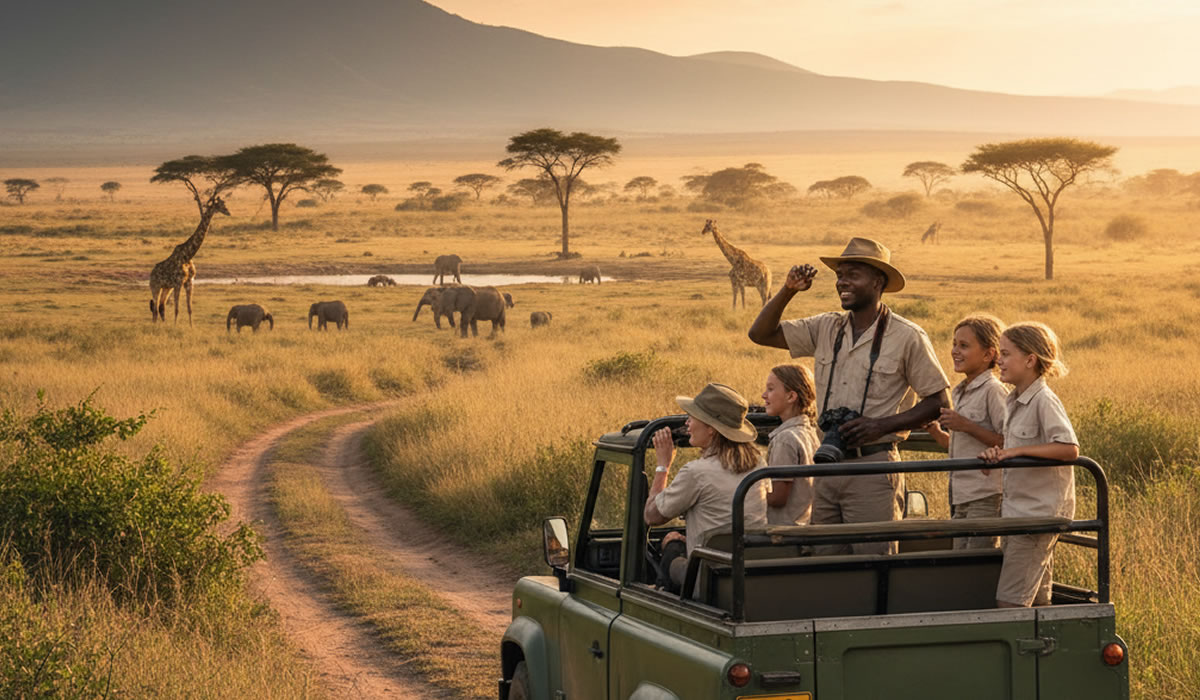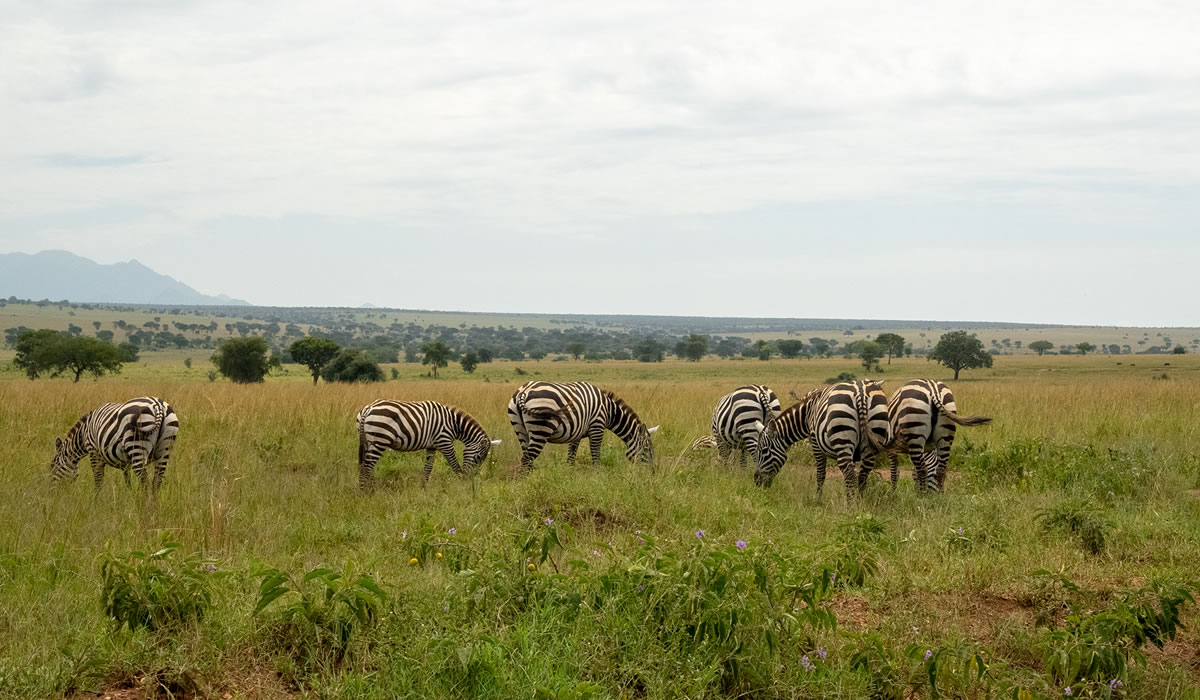Uganda, famously known as the Pearl of Africa, is a vibrant destination offering rich wildlife,…

Bird Watching Excursion in Mabamba Wetland
Uganda, often referred to as the Pearl of Africa, is renowned for its rich biodiversity, and among its natural treasures is the Mabamba Wetland. Located on the outskirts of Entebbe, Mabamba Wetland is one of the country’s premier bird watching destinations. Covering approximately 15,000 hectares along the shores of Lake Victoria, this wetland is home to over 300 bird species, including the elusive shoebill stork, making it a must-visit location for tourists interested in birding, photography, and ecotourism. A bird watching excursion in Mabamba Wetland is more than just observing birds; it is an immersive experience that combines adventure, education, and the appreciation of Uganda’s natural beauty.
Overview of Mabamba Wetland
Mabamba Wetland is a sprawling freshwater ecosystem comprising marshes, swamps, papyrus reeds, open water channels, and grasslands. This diverse habitat supports a wide variety of birdlife, aquatic species, and wildlife. The wetland plays a vital role in regulating the water levels of Lake Victoria, filtering pollutants, and supporting local communities through fishing and papyrus harvesting.
For tourists, Mabamba offers a unique combination of tranquility and excitement. Unlike crowded national parks, the wetland provides an intimate connection with nature, where the sounds of birds, rustling reeds, and waterfowl create a serene atmosphere. Guided tours ensure visitors experience the wetland safely while gaining in-depth knowledge of its ecological importance and bird species.
The Iconic Shoebill Stork
The main attraction of Mabamba Wetland is the shoebill stork. Known for its prehistoric appearance, massive bill, and silent, statuesque behavior, the shoebill is considered one of the most sought-after birds for enthusiasts worldwide. Standing up to 1.5 meters tall, this majestic bird can remain motionless for hours, waiting to catch fish, making spotting it an extraordinary experience.
Tourists on a Mabamba birding excursion often have the opportunity to observe the shoebill up close, guided by experienced local trackers who know the bird’s preferred nesting and feeding areas. Patience is key, as these birds are sensitive to human presence. Early morning excursions offer the best chance of spotting them, as shoebills are more active during this time. Photography enthusiasts can capture stunning shots of the bird against the backdrop of the wetland, creating lasting memories of their trip to Uganda.
Other Bird Species in Mabamba
While the shoebill is the star attraction, Mabamba Wetland hosts over 300 bird species, making it a paradise for bird watchers. Among the notable residents are:
- Malachite Kingfisher – Small, vibrant birds often seen darting along water channels.
- African Fish Eagle – Recognizable by its distinctive call, these eagles are often spotted perched on trees near the water.
- Papyrus Gonolek – Known for its striking black and red plumage, it inhabits the dense papyrus reeds.
- Swamp Flycatchers – Common in the wetland’s marshy areas.
- Purple Herons, Black Crakes, and Jacanas – These birds thrive in the reeds and shallow waters, offering diverse birding opportunities.
For tourists, Mabamba Wetland is not just about quantity but quality. The presence of rare and endemic species makes the wetland an internationally recognized birding site, attracting enthusiasts, researchers, and photographers from around the world.
Best Time to Visit Mabamba Wetland
The best time for a bird watching excursion in Mabamba Wetland is during the dry seasons, which run from December to February and June to August. During these periods, the water levels are lower, making it easier to navigate the wetland and spot birds. Early mornings are particularly ideal, as most bird species are active, feeding, and calling during these hours.
During the rainy seasons, from March to May and September to November, access can be more challenging due to flooding and muddy trails. However, the wetland is still rich in birdlife, and the lush greenery adds scenic beauty, making photography especially rewarding. Tourists planning to visit during these months should come prepared with waterproof gear and be ready for occasional showers.
Activities on a Bird Watching Excursion
A bird watching excursion in Mabamba Wetland offers more than just observing birds. The following activities enhance the overall experience for tourists:
Guided Canoe Tours
The primary way to explore Mabamba is by canoe, navigating the narrow channels between dense papyrus reeds. Local guides paddle tourists through the wetland, pointing out bird species, nesting sites, and interesting flora. Canoe tours provide a quiet and immersive experience, allowing tourists to get close to birds without disturbing their natural behavior.
Photography
With abundant wildlife and scenic landscapes, Mabamba Wetland is ideal for photography. Tourists can capture images of birds in flight, feeding, or perched amid reeds. The reflections on the water, misty mornings, and golden sunlight enhance photographic opportunities, making Mabamba a favorite spot for nature photographers.
Nature Walks
For those who prefer dry-land exploration, short nature walks along designated trails provide an opportunity to observe smaller birds, insects, and wetland flora. Walks also allow tourists to learn about the wetland’s ecological significance, including its role in water purification, flood control, and carbon sequestration.
Community Interaction
Many bird watching excursions include visits to nearby local communities. Tourists can learn about traditional fishing methods, papyrus harvesting, and crafts such as basket weaving. These interactions provide cultural context and support community-based tourism initiatives, ensuring that tourism benefits local people economically.
Accommodation Options Near Mabamba Wetland
Tourists visiting Mabamba Wetland can choose from a range of accommodation options, depending on their preferences and budget.
- Entebbe Lodges and Hotels – Located 30–40 minutes from the wetland, these establishments offer comfort, dining facilities, and easy access to the wetland. Some lodges specialize in eco-tourism and provide guided tours, birding packages, and equipment rental.
- Eco-Camps and Guesthouses – Situated closer to the wetland, these options offer more immersive experiences. Tourists can stay in eco-friendly accommodations surrounded by nature, enhancing the adventure and tranquility of the birding excursion.
Choosing accommodation near Mabamba allows tourists to start early morning excursions, increasing the likelihood of spotting elusive birds such as the shoebill.
Conservation and Sustainable Tourism
Mabamba Wetland is not only a hotspot for bird watching but also a vital ecological site. The wetland plays a critical role in maintaining biodiversity, protecting water quality, and supporting fisheries and agriculture for local communities. Conservation initiatives aim to balance tourism with environmental protection, ensuring that bird populations and habitats are preserved for future generations.
Tourists visiting Mabamba are encouraged to follow responsible tourism practices. This includes maintaining a safe distance from birds, avoiding littering, using eco-friendly products, and supporting local guides and community-based projects. By doing so, visitors contribute to the sustainability of one of Uganda’s most important natural sites.
How to Get to Mabamba Wetland
Mabamba Wetland is easily accessible from Entebbe, Uganda’s gateway city. The journey typically takes 30–40 minutes by car along well-maintained roads. Most guided tours provide transportation from Entebbe or Kampala, including pick-up and drop-off services.
For tourists staying in Kampala, the drive takes approximately 1–1.5 hours, offering scenic views of the countryside and Lake Victoria. It is advisable to book guided excursions in advance, especially for trips targeting shoebill sightings, as guides have specialized knowledge of the best viewing spots.
Practical Tips for Tourists
To make the most of a bird watching excursion in Mabamba Wetland, tourists should consider the following tips:
- Wear lightweight, neutral-colored clothing to blend in with the environment.
- Bring binoculars, cameras with zoom lenses, and field guides for bird identification.
- Apply insect repellent to protect against mosquitoes.
- Carry water, snacks, and sunscreen for longer excursions.
- Follow the guidance of local experts and avoid disturbing wildlife.
By preparing adequately, tourists can ensure a safe, comfortable, and memorable experience while observing Uganda’s incredible birdlife.
A bird watching excursion in Mabamba Wetland is a unique and enriching experience for tourists visiting Uganda. The combination of rare species such as the shoebill stork, diverse birdlife, serene waterways, and cultural interactions makes the wetland a must-visit destination. Whether paddling through papyrus channels, photographing colorful birds, or learning about local communities and conservation efforts, visitors gain an intimate connection with Uganda’s natural heritage.
Mabamba Wetland exemplifies the perfect blend of adventure, education, and eco-tourism. Its accessibility, biodiversity, and peaceful environment make it an ideal location for bird enthusiasts, nature lovers, and tourists seeking unforgettable experiences. Visiting Mabamba not only allows tourists to witness some of Africa’s most remarkable wildlife but also contributes to the preservation of one of Uganda’s most treasured ecosystems, ensuring that the Pearl of Africa remains vibrant and full of life for generations to come.




